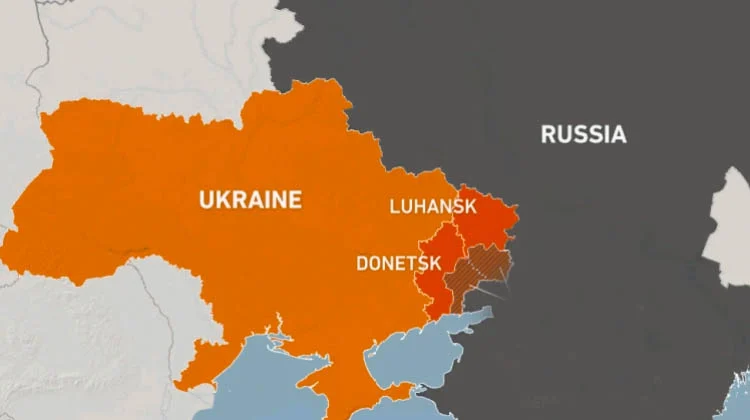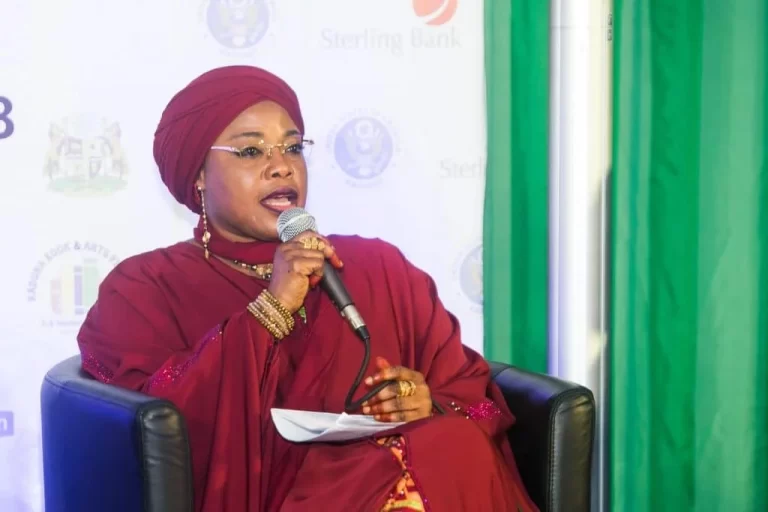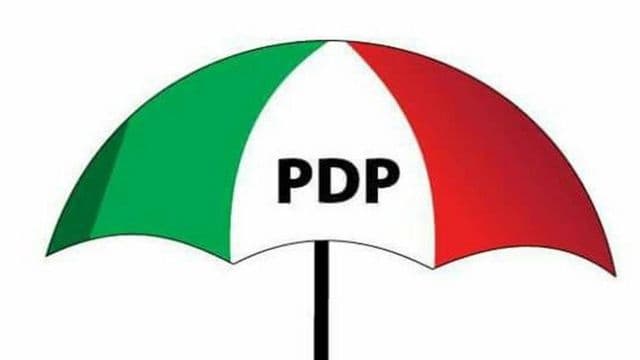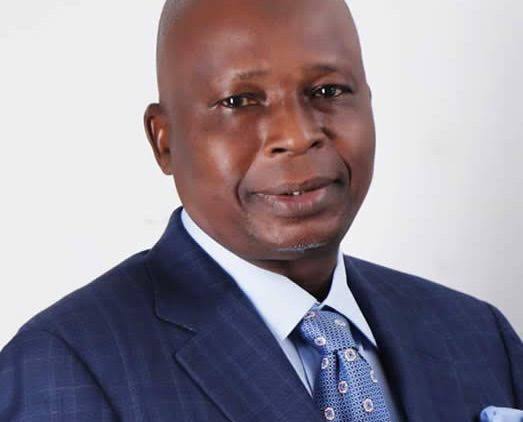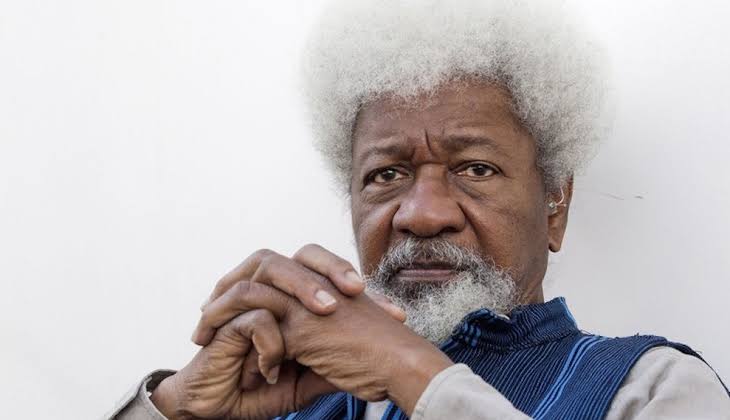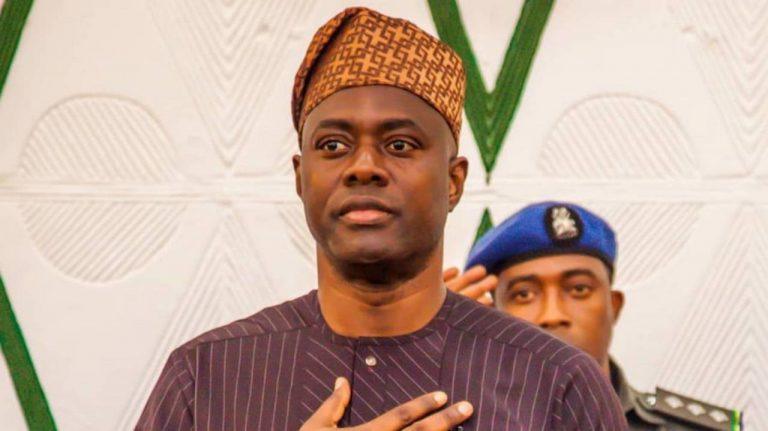The Russia-Ukraine war: Odds of peace
By Ogungbe-Biodun Olayinka
The Russia-Ukraine war is one of the deadliest conflicts in the world today. It could be considered the first all-out war in recent times with both sides utilising heavy artillery, tanks, and new tactics particularly the use of drones. For the Russians, Ukraine’s potential NATO membership is a potential security threat. The Ukrainians on the other hand are backed by the United States and its Western allies who continue to affirm Ukraine’s sovereignty and right to defend itself.
For the past two years, the conflict in Ukraine has repeatedly escalated both in scope and effect dashing hopes of a peaceful resolution. The greatest cause of this escalation is the continuous military and financial support for Ukraine from Western countries. Western countries led by the United States have supported Ukraine with weapons and military equipment since the early days of the war and have also placed economic sanctions on Russia and banned Moscow from various international events like the Olympics as well as getting an arrest warrant against Russia’s President Vladimir Putin through the ICC, with the aim of isolating Russia economically and politically, though this has had limited effect.
While the political and economic actions taken against Russia are also an escalation, the most immediate and visible evidence of escalation is on the battlefields of Ukraine and Russia. While Kyiv, has refused to attempt direct negotiations with Moscow until the unrealistic condition of Russian withdrawal to pre-2014 lines, support from the West in form of funds and military hardware like the HIMARS and Abrams tanks, military and political posturing by NATO and use of nuclear rhetoric by Russia as well as strengthening of alliances with emphasis on military cooperation, has turned what should have been a localised conflict with a quick settlement into a geopolitical clash that has escalated into a crisis that could potentially herald global conflict in other words, a third world war!.
The most recent escalation in the conflict is the provocation of Russia by the United States and Ukraine and Moscow’s response to this provocation. On the 19th of November, Russia’s President Vladimir Putin signed a decree lowering the threshold for the use of nuclear weapons against non-nuclear states in an attempt to deter the use of Western-made precision weapons on Russian soil. However, on the 20th of November, just a day after Putin’s decree, outgoing US President Joe Biden gave Ukraine the green light to use the Army Tactical Missile System (ATCMS) on Russian soil. Washington claimed the decision was made in response to the deployment of North Korean troops in the Kursk region. The Ukrainian military did in fact use the ATCMS on military targets in Russia a day later. In response, the Russian military on the 21st of November launched Oreshnik missiles on targets in the Dnipro region of Ukraine. The Oreshnik (Hazel) missile is an Intermediate Range Ballistic Missile (IRBM) with a maximum speed over Mach 10 which makes it very difficult to intercept. The use of the Oreshnik missiles is considered an escalation as they are capable of carrying nuclear warheads. In other words, their use points to a subtle hint from Russia about its resolve to follow its new nuclear doctrine.
The use of the Oreshnik missiles and the actions leading to it can be considered a dangerous series of provocations and responses. The United States and its Western allies had previously been reluctant to hand over advanced weapons systems to Ukraine. The weapons like the Storm Shadow missiles, and HIMARS eventually given to Ukraine were handed over with the condition of not being used on Russian soil. This was perhaps done to mitigate escalation. However, the reality of the frontlines forced Washington and its allies to relax these conditions. This in turn led to Moscow’s saber-rattling against Ukraine’s Western allies causing the usual cycle of tensions and escalation on both sides.
This round of provocations, responses, and escalations was particularly dangerous for any attempts at peace. The decision of President Biden to allow Ukraine use ATCMS on targets in Russia seemed particularly problematic for any attempts at peace due to one important factor, the timing. On one hand, the decision was made only a day after President Putin signed a decree that allowed Russia to potentially use nuclear weapons on non-nuclear states while vehemently warning that the use of Western-made weapons on Russian soil would be met with full force, a clear threat against Ukraine. President Biden only a day later, gave Ukraine the green light to use the ATCMS against targets within Russia undermining and challenging Putin’s threats.
Meanwhile from another angle, these are President Biden’s last days in office and it is no secret that US President-elect Donald Trump has a good relationship with Russia’s President Vladimir Putin and is keen on negotiating peace in Ukraine in order to prove his predecessor’s incompetence and to keep the US focused on China, which he sees as the real enemy. Many in the White House believe that Trump might pressure Ukraine to cede its lost territory and block any potential NATO membership in exchange for a quick settlement. The Biden administration’s recent actions could be aimed at provoking Russia into raising the stakes of the war therefore preventing any quick settlement by Trump that could be unfavourable to Ukraine. In other words, the conflict inherited by the Trump administration would be one of high stakes where the threat of nuclear action is very real.
The chances of a peaceful resolution to the conflict are not completely gone, however, as the actions of stakeholders finally seem to be hinting at a desire for peace. The president-elect of the United States, Donald Trump has repeatedly emphasised his desire for a peaceful resolution to the conflict in Ukraine and while it remains unclear what Trump’s peace plan in Ukraine will entail, there are already hints at Ukraine ceding land to Russia and a 20-year ban on NATO membership for Kyiv. Although Trump’s return to the White House is impending, he has already caught the attention of world leaders and stakeholders curious or worried about his plans. His invitation to the reopening of the Notre Dame Cathedral by French President Emmanuel Macron is evidence of this. President Macron also invited Ukrainian President Volodymyr Zelensky to this occasion.
Recent events in Syria should also be factored in when considering the odds of peace. Earlier this month, the Syrian leader Bashar al-Assad was overthrown by the Syrian rebels after a brutal civil war that lasted over a decade. Russia had been a longtime ally of the Syrian dictator and even gave military assistance during the war. Some believe President Assad’s overthrow despite Russian help has exposed the weakness of the Russian military in terms of power projection and that Putin could double down on the conflict in Ukraine to save face and even temporarily ignore peaceful resolution while seeking military achievements. Though the quest for a peaceful resolution to the Russia-Ukraine conflict may seem difficult, the odds of peace are good. The war in Ukraine is not just a conflict between two countries but a geopolitical storm. All eyes would be on Donald Trump, the man in the eye of the storm whose actions might just bring calm.
Ogungbe-Biodun Olayinka is a final-year student in the Department of History and International Studies, University of Ilorin, Ilorin, Nigeria

